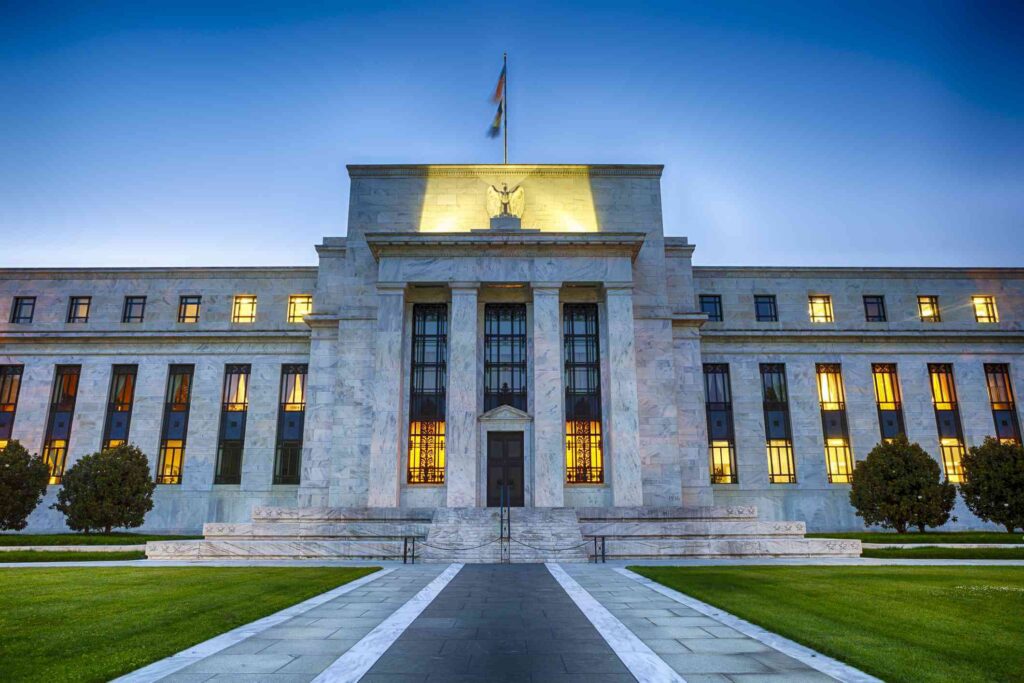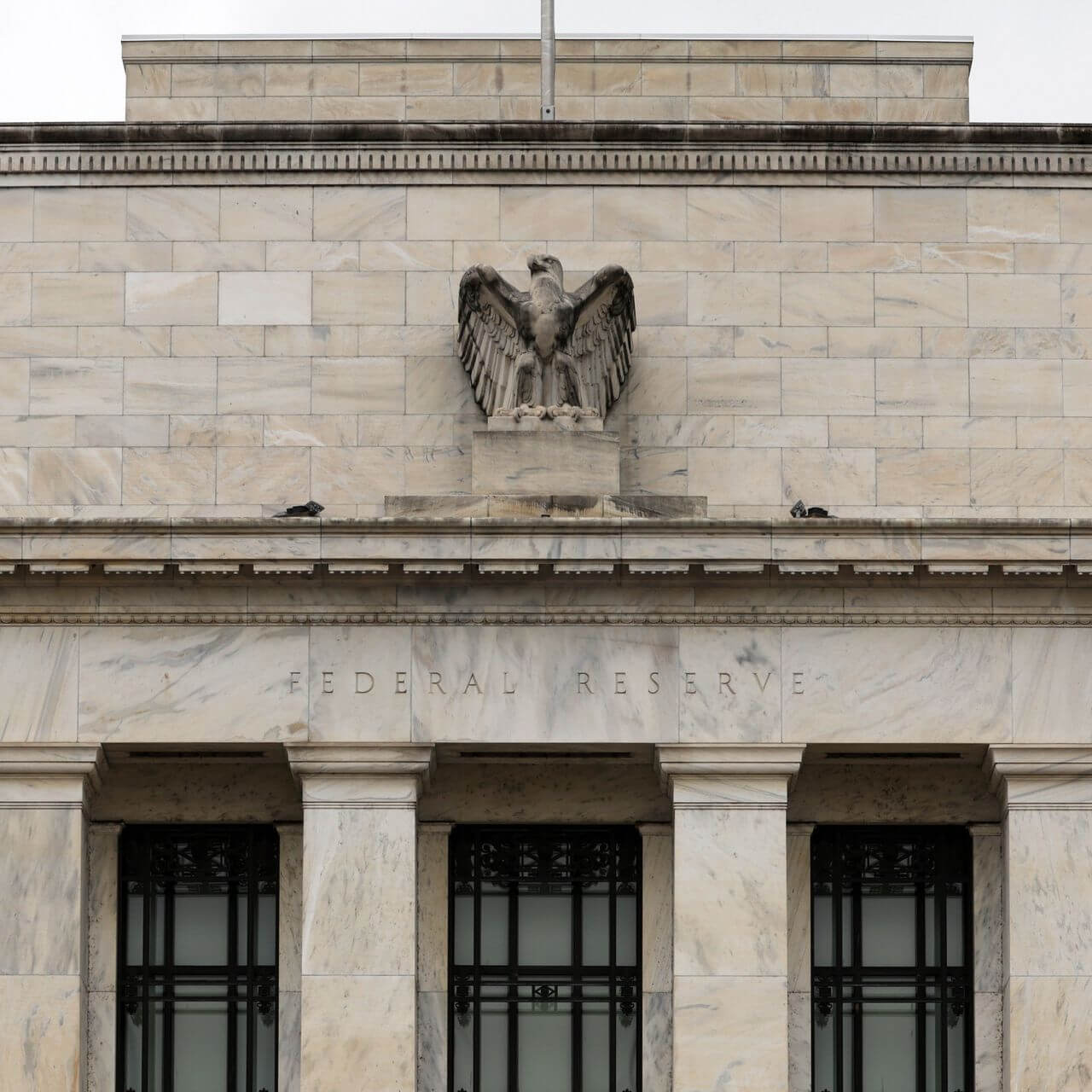The US Federal Reserve’s plan to cut interest rates three times this year is under scrutiny after recent inflation data showed a stronger-than-expected rise in prices. This could lead to a significant shift in global investment strategies as investors prepare for a potential reversal of the current low-interest-rate environment.

While the Fed officially maintained its stance on rate cuts at their latest meeting, comments from Chair Jerome Powell acknowledged the surprising inflation uptick in January and February. The central bank still expects inflation to cool down, but at a slower pace than previously anticipated. Their projections now show “core” inflation, excluding volatile food and energy prices, potentially reaching 2.6% by year-end, higher than their initial forecast of 2.4%.
This development has rattled some investor confidence in the Fed’s plan for rate cuts. The expectation of a low-interest-rate environment has fueled growth in stock prices and buoyed riskier assets. However, if the Fed is forced to reconsider its dovish stance due to persistent inflation, this could trigger a reassessment of investment strategies.
Investors may begin to rotate their portfolios towards assets that perform better in periods of rising interest rates. This could include value stocks, certain commodities, and short-term bonds. Conversely, growth stocks and longer-term bonds, which have thrived in the low-rate environment, could see a decline in value.
The potential shift in Fed policy has global implications.
The US dollar, a major reserve currency, could strengthen as interest rates become more attractive to investors. This, in turn, could impact international trade and investment flows.
The coming months will be crucial as the Fed monitors inflation data and adjusts its monetary policy accordingly. Investors around the world will be closely watching these developments, ready to adapt their strategies to the new economic landscape.









